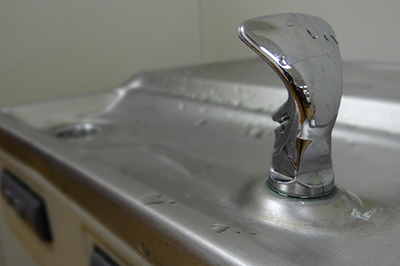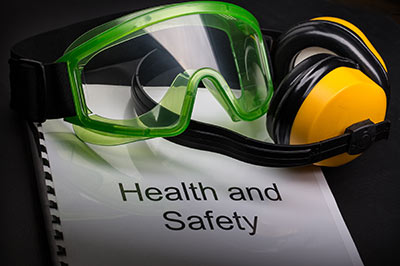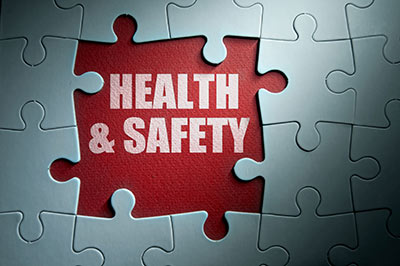Massachusetts Water Resource Authority.
Tag: Healthy Schools
Water in Schools: FAQs
Frequently Asked Questions (FAQ)
Why is water important?
Water is an essential nutrient that is vital to life. Poor hydration can harm physical and mental performance. Healthy and calorie-free, water is the perfect hydrating beverage and an ideal alternative to sugary drinks, such as soda. When kids are thirsty, they should be reaching for water, not soda.
More information
Is this really an issue? Aren't kids able to get a drink water in schools now?
Yes, unfortunately, this is an issue! At first glance, people might think it a "no-brainer": of course kids can get water in schools. But, looking more closely, the situation is worse than many think. In California, a recent survey found that at least 40 percent of responding districts did not have access to free drinking water for students during school meals. As new laws come into effect that rid schools of sodas and other unhealthy beverages, it is vital to make sure that the healthy alternatives are easy and convenient. Ensuring that students have drinking water easily available and accessible is a key strategy to combating obesity and encouraging healthy habits.
Water in Schools: What’s Currently Required?
What's Currently Required?
An array of federal, state, and local policies and regulations govern water availability in schools. Recent legislation created a federal requirement that free drinking water be available to students during school meals. Some states might also have their own policies. In September 2010, California passed legislation, SB 1413 (Leno), to require that free, fresh drinking water be available where meals are served or eaten. Massachusetts has enacted similar legislation and other cities and localities might have similar requirements.
Other local and state policies can also broadly influence access to water in school buildings, but these are generally not specific to availability during meals or in the areas where meals are served or eaten. In addition, state and local policies can govern water safety and water testing.
Because policies to require water availability with school meals are relatively recent, many schools are probably not currently in compliance. Some schools might have existing local policies or rules, perhaps stemming from local school wellness policies, that require water to be available during meals. For more on wellness policies, click here.
What follows is a summary of the current policies related to water access and availability in schools.
Are Schools Safe From Indoor Radon?
Foster, Dent, Bryant, Tencza, Adams, & Dutton, 2015
The U.S. Environmental Protection Agency (U.S. EPA) estimates approximately 21,000 lung cancer deaths are attributable to radon exposure (U.S. EPA, 2003). This number is approximately seven times greater than the number of lung cancer deaths due to secondhand smoke exposure and about twice as many deaths caused by drunk drivers (Centers for Disease Control and Prevention, 2015; Foundation for Advancing Alcohol Responsibility, 2013; National Cancer Institute, 2012). Despite these startling statistics, very few programs are in place to monitor or evaluate indoor radon levels in homes and public buildings in the U.S.
Toxicological Profile For Radon
United States Department of Health and Human Services, 2012
This toxicological profile is prepared in accordance with guidelines* developed by the Agency for Toxic Substances and Disease Registry (ATSDR) and the Environmental Protection Agency (EPA). The original guidelines were published in the Federal Register on April 17, 1987. Each profile will be revised and republished as necessary.
Radon Measurement in Schools
United States Environmental Protection Agency
The U.S. Environmental Protection Agency (EPA) and other major national and international scientific organizations have concluded that radon is a human carcinogen and a serious environmental health problem. Early concern about indoor radon focused primarily on the hazard posed in the home. More recently, the EPA has conducted extensive research on the presence and measurement of radon in schools. Initial reports from some of those studies prompted the Administrator in 1989 to recommend that schools nationwide be tested for the presence of radon. Based on more recent findings, EPA continues to advise U.S. schools to test for radon and to reduce levels to below 4 pCi/L.
This report has been prepared to provide school administrators and facilities managers with instructions on how to test for the presence of radon. The findings from EPA's comprehensive studies of radon measurements in schools have been incorporated into these recommendations. This report supersedes Radon Measurements in Schools - An Interim Report (EPA 520/1-89-010). However, it does not invalidate tests conducted or tests in the process of being conducted under the interim report.








